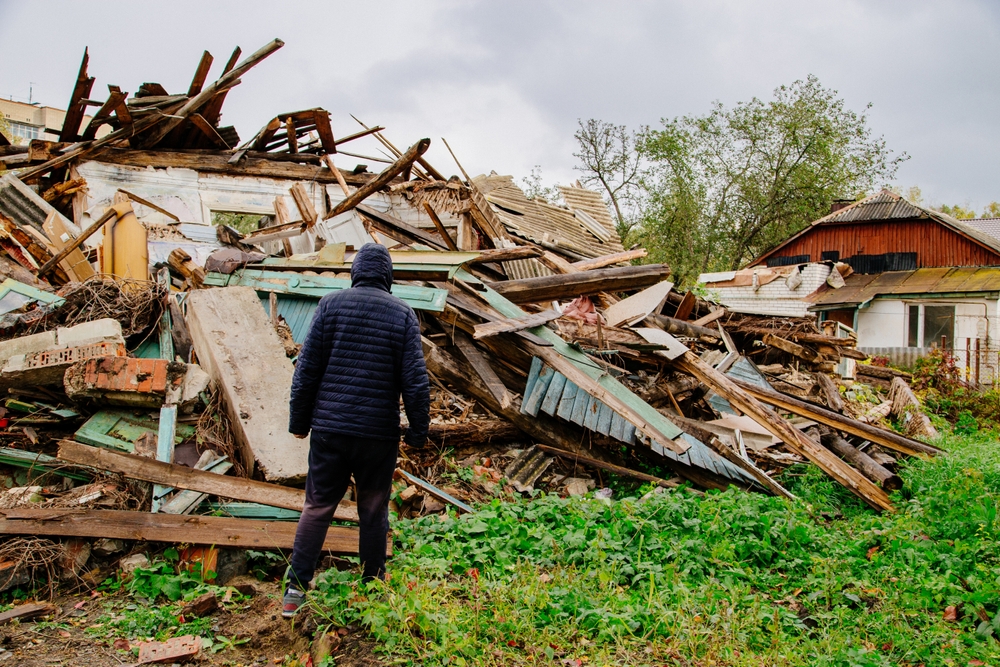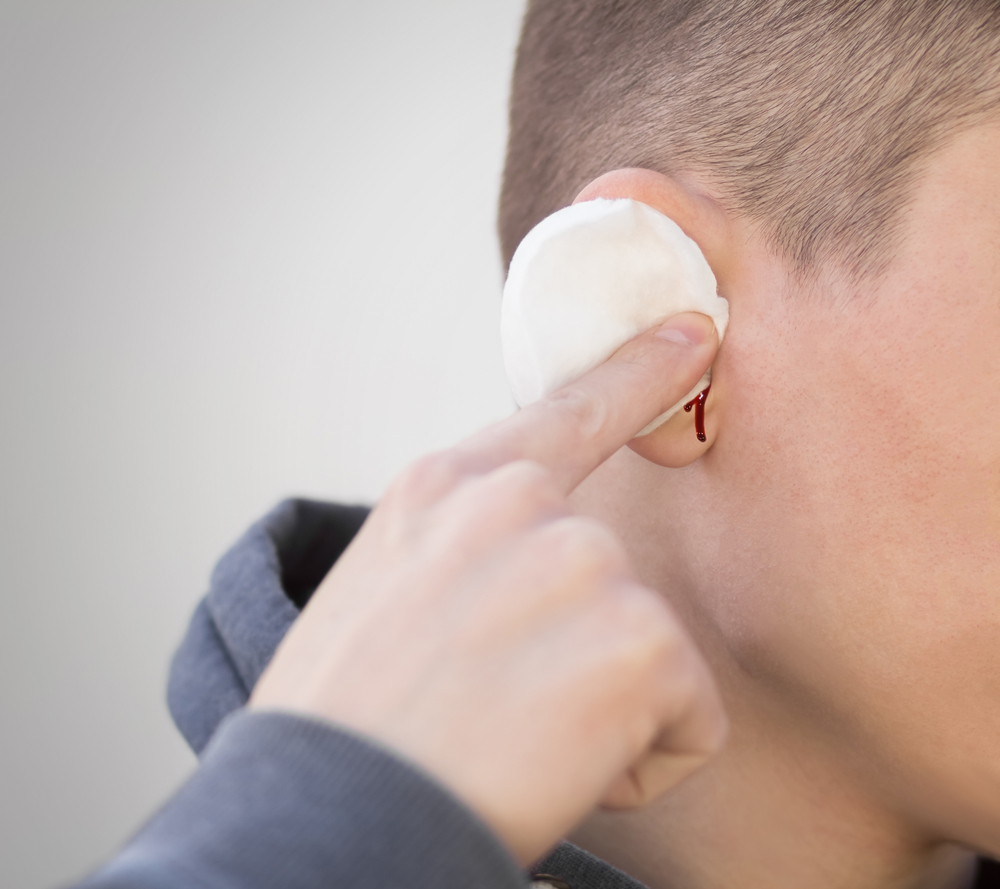When you were 16 and turned the radio up full volume, you had little thought about how this might damage your health. You just enjoyed the music.
As you grew, you may have indulged in nights out at loud concerts or the movies. You may have even chosen a career where loud noise is the norm. Still, you didn’t think it had any long-term effects, but sounds can have a bigger impact on your health than you know
You probably know differently today. Noise-induced hearing loss can appear in children as young as 12. But did you know that sound is so powerful that it can even be used as a weapon?
Can sound make you sick?
In a word, yes. It’s evident to doctors and scientists alike that certain sounds can make you sick. Here’s why.
How loud sound impacts health
Very loud sounds damage the inner ear. You have tiny hairs that pick up sound vibrations after they pass through the membrane of the eardrum. Once these small hairs are damaged, they don’t ever heal or grow back. This is what causes the sensorineural hearing loss that many people deal with as they age.
The damaging volumes starts at 85 decibels over an 8 hour period of time. If you’re exposed to over 100 decibels, permanent damage occurs within 15 minutes. A loud concert is around 120 decibels, which causes instant, irreversible damage.
Noises can also impact cardiovascular health. Exposure to loud sounds can increase stress hormones, which can lead to clogged arteries, obesity, high blood pressure, and more. This may explain the headaches and memory problems that people exposed to loud noise complain about. These are strongly linked to cardiovascular health.
In fact, one study showed that sound begins to impact the heart, and hormones are as low a 45 decibels. That’s roughly the volume of a person with a quiet inside voice.
How sound frequency impacts health
A few years ago, diplomats in Cuba became sick when exposed to sounds. The sound in Cuba wasn’t that loud. They could block it out with a television. How might it have been able to make people sick?
The answer is frequency.
High frequency
High frequency sounds like the one experienced in Cuba can do significant damage at lower volumes.
Have you ever cringed when someone scraped a nail on a chalkboard? Have you ever begged a co-worker to stop as they press their fingers across a folded piece of paper? Have you ever had to cover your ears during a violin recital?
You’ve felt the power of high-frequency sounds. The pain you felt was actually indirect damage being done to your hearing. If you endured this for a time, frequently exposed yourself to it, or were exposed at a high volume, then the damage may have become permanent.
Studies have also found that you don’t even have to be able to hear the sound. High-pitched sounds emanating from sensors, trains, machinery, and other man-made devices may be emitting frequencies that do damage with prolonged exposure.
Low frequency
Very low-frequency sound called “infrasound” can also impact your health. It can vibrate the body in such a way that the person feels nauseated and dizzy. Some even experience flashes of color and light that are common in migraine sufferers.
Protecting your hearing
Be aware of how you feel about certain sounds. If you’re feeling pain or other symptoms around certain sounds, limit your exposure. Pain is often a warning sign of damage. This damage can lead to a debilitating condition called tinnitus, or a persistent high pitched ringing in the ears.
Get your hearing tested regularly by a hearing specialist to understand how your hearing may be changing over time.



